
Table of contents:
- Author Bailey Albertson [email protected].
- Public 2023-12-17 12:53.
- Last modified 2025-01-23 12:41.
Assembling a water supply system from plastic pipes. Nuances and features

When planning the implementation of a major overhaul, the question of replacing the distribution of hot and cold water in the bathroom and in the kitchen will certainly arise. The previously installed water supply system is mainly metal pipes, which over time become very clogged and rust both from the inside and outside. Ultimately, a leak appears or the water stops flowing altogether due to clogging of the inner diameter. Therefore, the new installation of the water supply system must be made of plastic pipes.
Types of plastic pipes. Benefits
Currently, there are several types of plastic pipes on the Russian market made of the following materials: polyvinyl chloride (PVC), polypropylene, polybutylene, metal-plastic and cross-linked polyethylene. All of these pipes have a large number of advantages over pipes made of other materials:
- long service life of 25-30 years, for steel, for example, 10-15 years;
- do not corrode, and as a result, are more durable;
- are not subject to overgrowth and silting due to low surface roughness;
- when used do not impair the organoleptic characteristics of water;
- have a low weight, easy to transport;
- easily mounted with a fairly high reliability of connections;
- do not require thermal insulation due to the fact that the thermal conductivity of plastic is low in comparison with metal pipes. As a result, risers and cold water distribution systems do not condense moisture, and hot water pipes do not heat the environment.
- have a much lower roughness of the inner surface, as a result of which the pressure loss in the pipeline is significantly reduced and pipelines of smaller diameter can be used.
A wide range of fittings on the market makes it possible to solder various pipe structures. According to the types, fittings are divided into monopolymer and combined.

Monopolymer fittings of various configurations (couplings, angles, tees, etc.) make it possible to connect plastic pipes to each other, and combined fittings allow you to get transitions to metal pipes and fittings in any combination. Moreover, combined fittings come with fixed threaded connections (the metal transition is soldered into the fitting) and collapsible (the metal thread is connected to the plastic on a collapsible joint).

As well as monopolymer and combined fittings can be transitional, i.e. allow when brazing the pipeline to go from one pipe diameter to another.
The fittings also include shut-off valves (metal and plastic ball valves), which have different diameters and modifications.

Preparation and installation of water supply
When starting the installation of a water supply system, it is necessary to draw up a pipe layout taking into account all consumers. Think over where the bath will be installed, the outlet of the fittings for installing the water mixer on the bath, the outlets for the mixer taps to the sink, to the toilet, and also to the washing machine (if it is supposed to be installed). Select the optimal pipeline route with the least number of intersections. Calculate the required number of pipes for hot and cold water supply, the required number of fittings, transitions, and stopcocks.
Both external and internal piping can be planned. With internal wiring, it will be necessary to cut the pipe under the pipes, taking into account the slightly larger outer diameter of the fittings. For external wiring, you will need special fasteners - clips and (or) clamps.

Fastening of pipes for cold water must be done every 40-60 cm. For hot water pipelines, more often, as a result of greater linear expansion when the pipe is heated. When installing pipelines for heating and hot water supply on bends, it is necessary to take into account the linear expansion of the pipe during heating (approximately 5 mm per 1 running meter of the pipeline).
Welding of the pipeline itself is carried out using a machine for welding plastic pipes. I wrote how to weld plastic pipes in the article "Welding of plastic pipes - a magical technology for creating a water supply system";

In short, this process takes place in 2 stages - heating the plastic pipe and fitting and connecting them by compression.
The most optimal option is the sequential assembly of the entire pipeline from the place of tie-in into the riser and to the end consumers. Most often, it is difficult to implement such a scheme due to the need to pass through walls, difficult turns and the inconvenience of soldering in some places. Therefore, when carrying out welding work, the joints should be planned in such a way that it is convenient to make the next joint. The very last, final joint must be planned in such a way that at the joint it is possible to separate the pipe and the fitting to be welded by at least 10 cm for the convenience of inserting the soldering iron to the joint.
Observing all these not very complicated rules, you can easily install a hot and cold water pipeline from plastic pipes in the bathroom and kitchen with your own hands, make piping for the drip irrigation system in the garden and much more.
Good luck in your endeavors and less troublesome repairs.
And finally, the joke of the day:
All his life Dostoevsky was proud to have invented one new word. This morning the plumber Petrovich, in the process of teaching his young partner the intricacies of his difficult craft, invented 18 new words.
Best regards, Vladislav Ponomarev.
Recommended:
Installing A Boiler (water Heater) With Your Own Hands: Connection Diagram To The Water Supply System, Rules, Etc
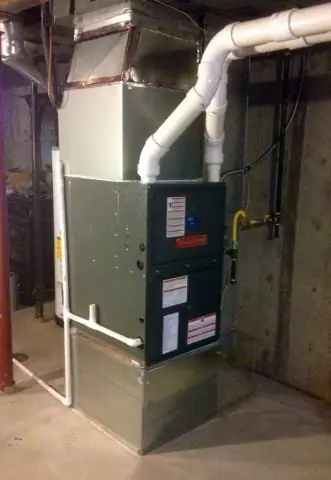
What is a boiler, how does it work. How to independently install and connect an instantaneous and storage water heater. Safety regulations
Joining Of Plastic Pipes By Welding - Installation Of Plastic Pipes Using A Welding Machine
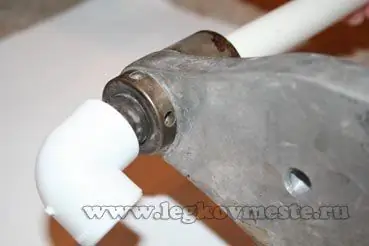
Welding plastic pipes with your own hands. Replacing the plumbing in the bathroom and kitchen with your own hands using a plastic pipe welding machine
Installing A Sink In The Bathroom: How To Properly Install A Washbasin With Your Own Hands, At What Height To Fix And Other Installation Features
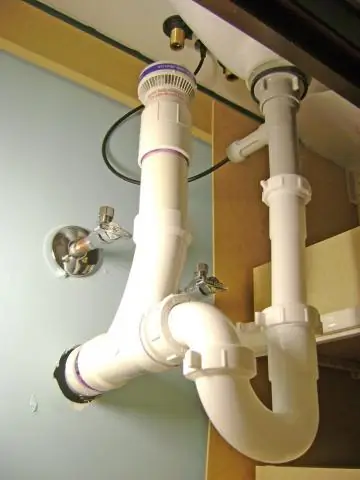
Types of bathroom sinks. The sequence of installation, connection to water supply and sewerage, performance check. Errors and methods of their elimination
Installation Of The Drainage System, Including With Your Own Hands, As Well As How To Install It Correctly If The Roof Is Already Covered
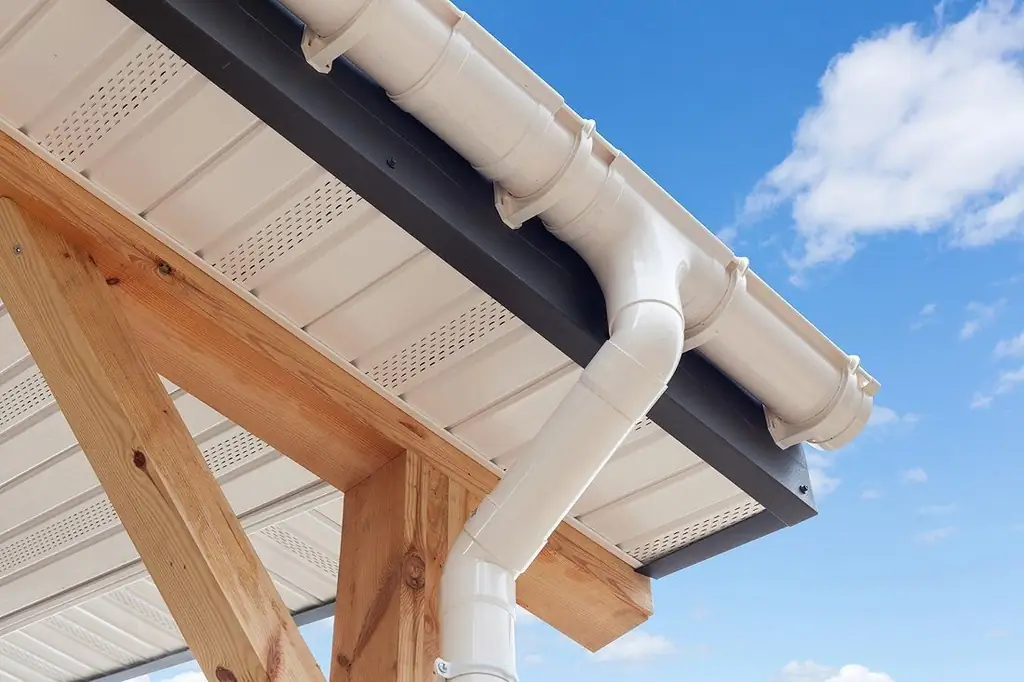
Do-it-yourself installation of the drainage system. Features of the installation of internal and external gutters. Possible installation errors and their consequences
How To Install Polypropylene Pipes With Your Own Hands: Installation, Instructions, Diagram, Recommendations + Video
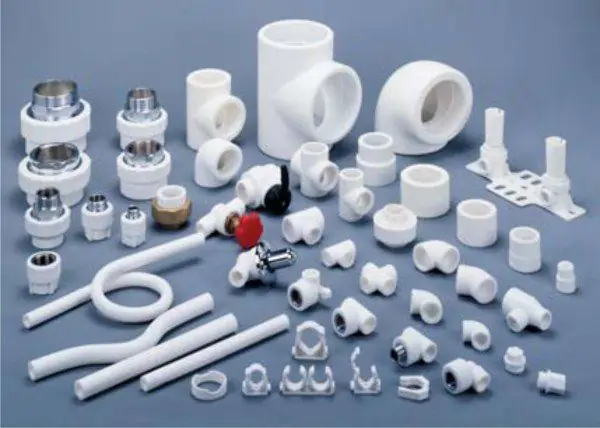
Practical recommendations for installing polypropylene pipes with your own hands. The use of polypropylene pipes for water supply and sewerage systems
